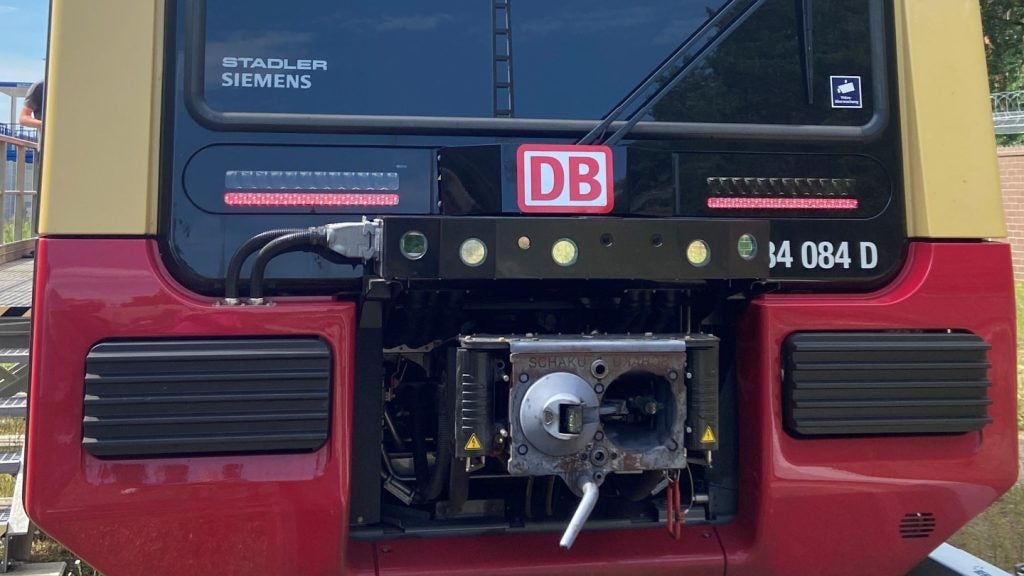Railway tunnel construction shortens the route length by allowing rail lines to pass through natural obstacles such as mountains and provide a means of crossing busy city areas without damaging or interfering with neighbourhoods. Tunnels are also required to accommodate underground railway systems for providing rapid and smooth transport facilities in metropolitan areas while reducing traffic on surface transport networks.
Successful planning, design, construction, and operation of rail tunnels require meticulous geotechnical investigation, sophisticated construction technology, machinery and equipment, an experienced and skilled workforce, and advanced tunnelling surveying and safety monitoring solutions.
Finding the best railway tunnel construction contractors, surveyors and safety solution providers
Railway Technology has listed some of the leading rail tunnel design and construction contractors, tunnelling surveying experts and tunnelling safety consultants based on its intel, insights and decades-long experience in the sector.
The list includes turnkey railway tunnel engineering and construction companies, as well as consultants and suppliers of a wide range of solutions for tunnel safety enhancement.
The information contained within the download document is useful for railway operators, project managers, procurement executives, rail tunnelling contractors, consultants, safety and maintenance engineers, technicians and other individuals involved in railway infrastructure engineering, monitoring and maintenance.
See Also:
The download contains detailed information on railway tunnel construction contractors, equipment suppliers, tunnelling surveying and tunnel safety solution providers, and their product and service lines, alongside contact details to aid your purchasing or hiring decision.
Types of railway tunnel construction solutions
Railway infrastructure developers rely on specialised equipment, tools and services for tunnel design, construction and safety maintenance.
The machinery, materials and technological solutions used for railway tunnel and other rail construction projects include, but are not limited to:
- Tunnelling shields and tunnel boring machines (TBMs)
- Rock bolts, steel ribs, and lattice girders
- Shotcrete equipment, accessories, and tunnel lining solutions
- Tunnel engineering, design, risk assessment and construction services
- Tunnel maintenance and refurbishment equipment and services
- Tunnel smoke dispersion, fire detection and suppression solutions
- Tunnel ventilation design, lighting, and communication solutions
- Tunnel track maintenance tools, concreting solutions, and installation services
- 3D rail tunnel simulation systems
- Rail tunnel drainage solutions
- Radar instruments for railway tunnel monitoring, and
- Tunnel and clearance measuring systems and diagnostic tools
Importance of rail tunnel safety monitoring
Rail tunnels require regular monitoring to enhance risk assessment, optimise operational safety and efficiency, and avoid structural collapse.
Customised monitoring solutions can help in the continuous mapping of concrete covering and reinforced bars, detecting cavities behind the concrete covering, as well as identifying fractures, voids, delamination, and water infiltration inside rail tunnels.
Download our list here.






